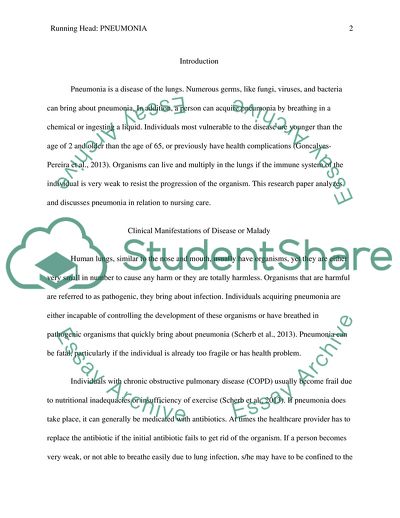Cite this document
(Not Found (#404) - StudentShare, n.d.)
Not Found (#404) - StudentShare. https://studentshare.org/medical-science/1842750-pneumonia-in-relation-to-nursing-care
Not Found (#404) - StudentShare. https://studentshare.org/medical-science/1842750-pneumonia-in-relation-to-nursing-care
(Not Found (#404) - StudentShare)
Not Found (#404) - StudentShare. https://studentshare.org/medical-science/1842750-pneumonia-in-relation-to-nursing-care.
Not Found (#404) - StudentShare. https://studentshare.org/medical-science/1842750-pneumonia-in-relation-to-nursing-care.
“Not Found (#404) - StudentShare”. https://studentshare.org/medical-science/1842750-pneumonia-in-relation-to-nursing-care.


